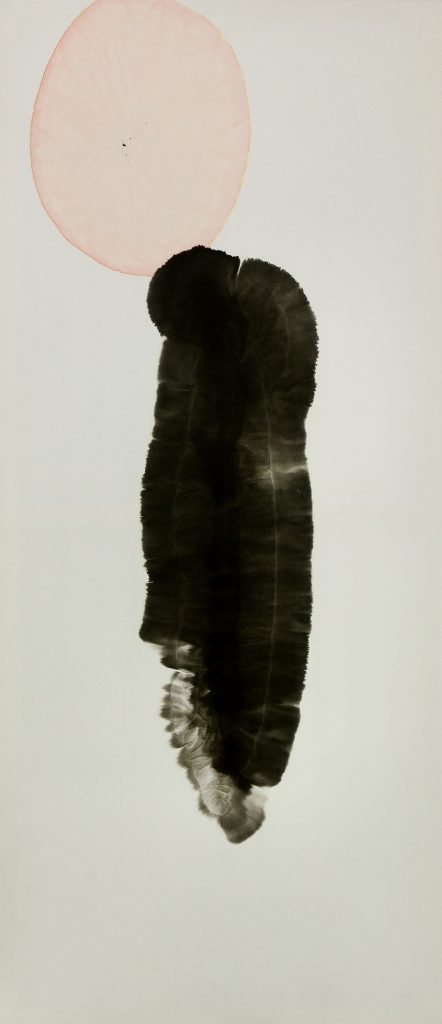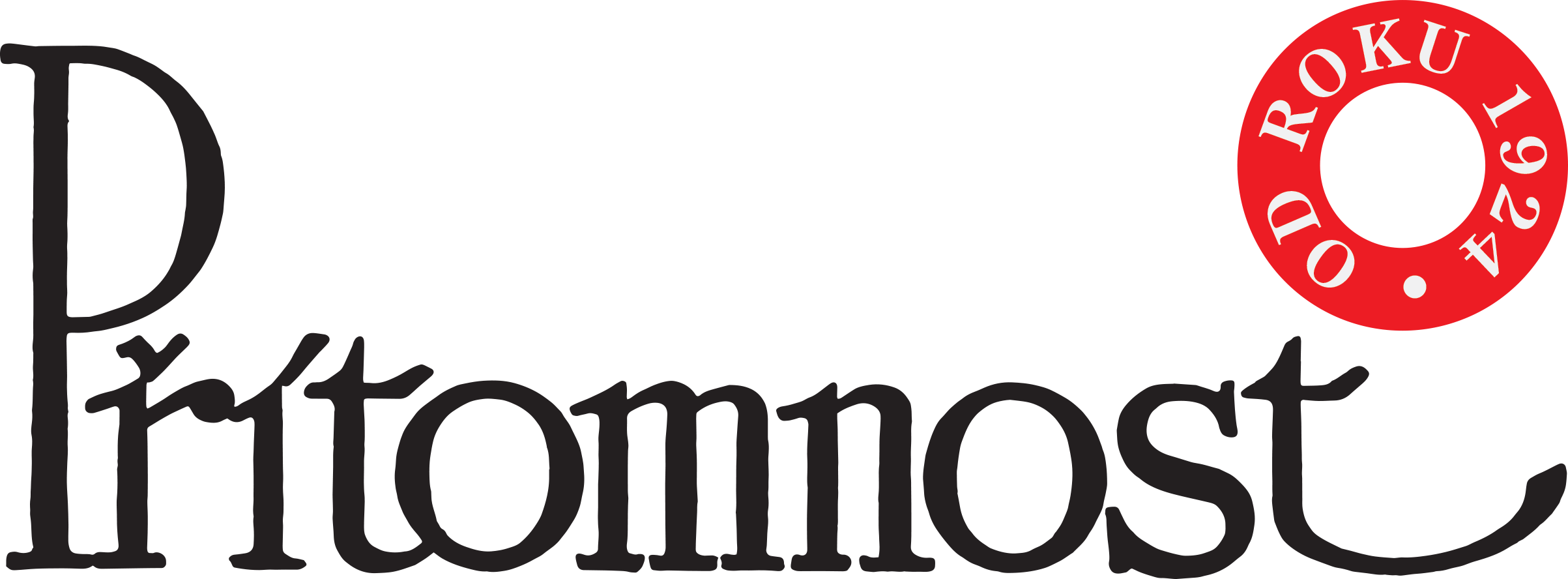We celebrate Petr Nikl’s round birthday. Wish him and your senses amazement at the worlds in which he lives. We invite you to an exhibition.
Let us look at the painting and allow it to affect us like air, sun, fragrance … forget about the world we have just departed … said the artist Jan Křížek. Thus to perceive art is liberating — art is there for anyone, without distinction, who is open enough to receive it. But what if we don’t even know what to do with a specific work? The question arises whether or not we are dealing with a work of art at all? Do we not approach the works of a renowned artist with exaggerated respect while he makes fun of us?
If you let the works of Petr Nikl affect you, you will find yourself in the realm of plants and animals, in worlds both New (America) and fairy tale-like, in a universe where the time of childhood and adulthood flows differently than you are used to. You will meet a creature of time, a herdsman, a troubadour, a praying mantis or a waterman, but not a deceiver. In Nikl’s work you will find meticulousness and sophistication. Thanks to that, his work is believable, but not naive. Nikl tests the movement between life and dream, the rule of the game and randomness in time and (gallery) space, which inspires rather than limits it. Painting, drawing, poem, song, installation or performance are mere drawers that open in Nikl’s larder. From this he feeds our (childlike) soul with the seriousness of a clown.
An adult is ill when the part responsible for emotion atrophies; when he does not understand that a game of tag or marbles is as important as practicing one’s profession — whether doctor or baker; when he does not realize that a bird is more important than an airplane. If Petr Nikl was an animal, he would want to be a butterfly — crawling half his life on his stomach and flying for the other half. As a human being, he at least moves between creation in which spontaneous growth predominates and that which is driven by will.
He designated two separate spaces in his studio. While in one he develops his academic education, painting techniques and vision, in the other he instead surrenders to randomness — on an inclined laminate board he sets in motion ink on rice paper and then tries not to direct it to the extent that his head and hands allow. And what he is not allowed remains the pigment itself because you can’t guide it as much anyway. Nikl’s movement from room to room, from the will to the will not to affect anything, creates a wonderful inner calm.
Despite all the disadvantages of the tasteless and odorless Internet, it is better to present the artist’s various tentacles on it than, for instance, on paper. This time, we present his work that intentionally carries the author’s handwriting writ small. Space is given to mechanical cockroaches and similar battery operated or windup toys and ink on rice paper. I chose a third of about two hundred ink and beetle paintings that Petr Nikl has created so far. To the ink drawings he adds:
Patterns are formed quickly during a single pouring and drying (of ink). They are a record of the time of bleeding and cannot withstand additional adjustments. I must not imagine them in advance or they will not appear. The fluidity mocks me. The blot will stiffen up. The head of a cat I did not plan. A fish I did not dream up (…). They are not my motifs; I do not feel handwritten authorship toward them. I was just there, while they were growing. This makes them seem more real to me. (…) I feel intense excitement at the surprise when the shapes I did not think up arise. What does it mean? Is it fatigue from my thinking? The ease of harvesting random shapes? An escape from oneself? The enchantment with natural growth? Another discovery of America? The simple joy of imagination? I don’t know.
You do not have to understand everything. Reason does not rule us anyway, just as Petr Nikl does not rule the ink on the rice paper he brought from China years ago. Ink stains grow spontaneously, mature independently — they do not ape anything, do not compete, they are uniquely charming, even purposeful. They are the bearers of the amazement with which Petr Nikl observes himself and the world. Together they form a kind of atlas of spots through which we can get closer to worlds that are cosmically distant yet familiar. Some ink stains resemble scenes from a microworld, but their creator deliberately let them grow to the size of a person. Man does not appear to be the master of creation, but himself a living point between heaven and earth.
Everything far away is near,
when the forests bloom in autumn.
And we are alone.
I come out of the hut—
mountains, blue mountains,
white clouds, old acquaintances,
greet me,
me, the living point between heaven, earth:
they are waiting for me among the pines.
Songs of Ancient China, Autumn Morning in the Mountains, Li Po, translated and arranged by Bohumil Mathesius and Jaroslav Průšek
You can visit Petr Nikl’s online exhibition here.
(Website’s in Czech langugage.)
published: 10. 11. 2020







